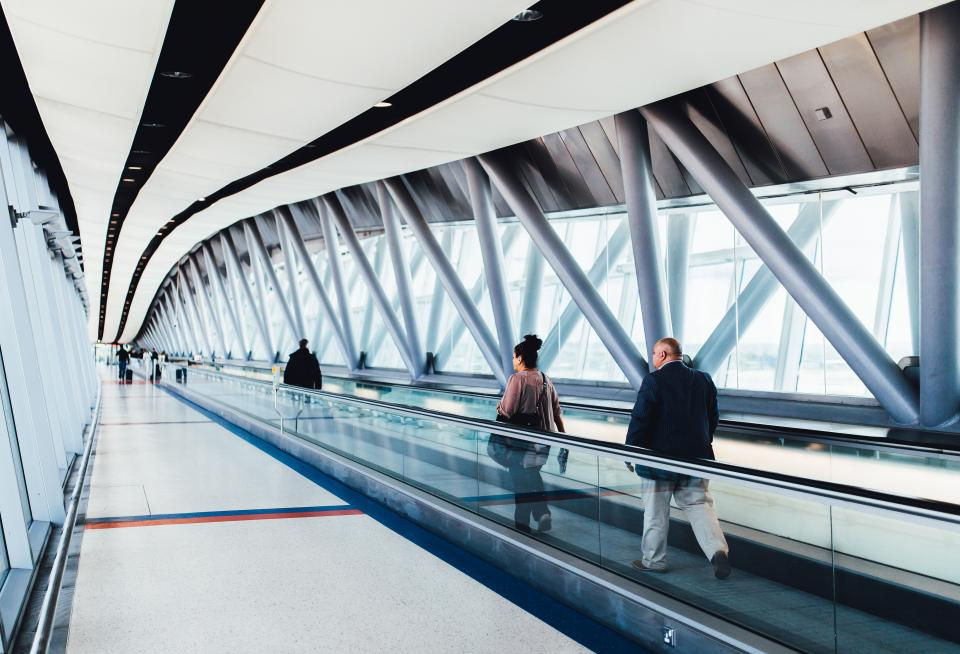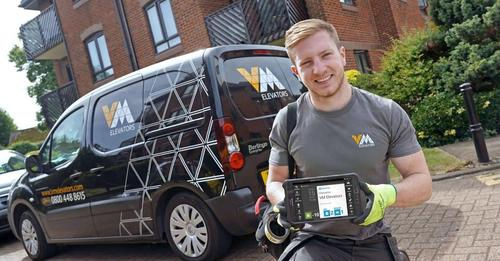The Future of Lift Technology: Advancements to Expect
- Devin Lewis
- Apr 12
- 2 min read
Updated: May 20

Lifts (or elevators) have been an essential part of modern infrastructure for over a century, enabling vertical mobility in high-rise buildings. As urbanization continues to grow, the demand for faster, smarter, and more efficient lift systems is increasing. The future of lift technology is set to revolutionize how we move within buildings, incorporating AI, sustainability, and cutting-edge engineering. Here’s a look at the key advancements we can expect in the coming years.
1. AI and Smart Elevators
Artificial Intelligence (AI) is transforming lift systems into intelligent, predictive machines. Future elevators will use AI to:
Optimize Traffic Flow: AI algorithms will analyze passenger traffic patterns to reduce wait times and improve efficiency.
Predictive Maintenance: Sensors will detect wear and tear before breakdowns occur, minimizing downtime.
Personalized Experiences: Facial recognition and smart cards could allow lifts to remember user preferences, such as preferred floors or lighting.
Companies like Vmelevators and Otis are already implementing AI-driven solutions to enhance performance.
2. Rope-Free and Multi-Directional Elevators
Traditional cable-based lifts have limitations in height and flexibility. The future lies in rope-free elevators, such as:
Magnetic Levitation (MagLev) Lifts: Using magnetic propulsion (similar to high-speed trains), these lifts can move faster and more smoothly.
Multi-Directional Elevators: Thyssenkrupp’s MULTI system allows cabins to move horizontally as well as vertically, enabling more complex building designs.
These innovations will allow for taller skyscrapers and more efficient use of space.
3. Energy-Efficient and Sustainable Lifts
With a growing focus on green buildings, lift manufacturers are prioritizing sustainability through:
Regenerative Drives: These systems convert braking energy into electricity, feeding it back into the building’s power grid.
Lightweight Materials: Using carbon fiber and advanced composites reduces energy consumption.
Solar-Powered Lifts: Some companies are testing lifts that run partially on solar energy.
Such advancements will help reduce the carbon footprint of high-rise buildings.
4. Ultra-Fast Elevators
As buildings get taller, speed becomes crucial. The latest elevators, like those in the Shanghai Tower, already reach speeds of 20.5 m/s (67 ft/s). Future advancements may include:
Supersonic Elevators: Research is underway to develop vacuum-based lifts that could travel at unprecedented speeds.
Aerodynamic Designs: Reduced air resistance will enable smoother and faster ascents.
5. Enhanced Safety Features
Safety remains a top priority, and future lifts will incorporate:
Emergency Battery Backup: Ensures lifts can operate during power outages.
Fire-Resistant Systems: Advanced materials will prevent malfunction in emergencies.
Real-Time Monitoring: IoT-connected sensors will provide instant alerts for any malfunctions.
6. Space Elevators?
While still in the realm of sci-fi, researchers are exploring the concept of space elevators—a theoretical system that could transport people and cargo into orbit using a tether from Earth to space. Though decades away from reality, advancements in nanomaterials like graphene could make this a possibility.
The future of Lift Technology is exciting, blending AI, sustainability, and groundbreaking engineering. From AI-driven smart elevators to rope-free MagLev systems, these innovations will redefine urban mobility, making buildings taller, smarter, and more energy-efficient. As technology evolves, the way we move vertically will become faster, safer, and more seamless than ever before.
The next time you step into an elevator, remember—it might soon be a lot more than just a box that goes up and down!









Comments